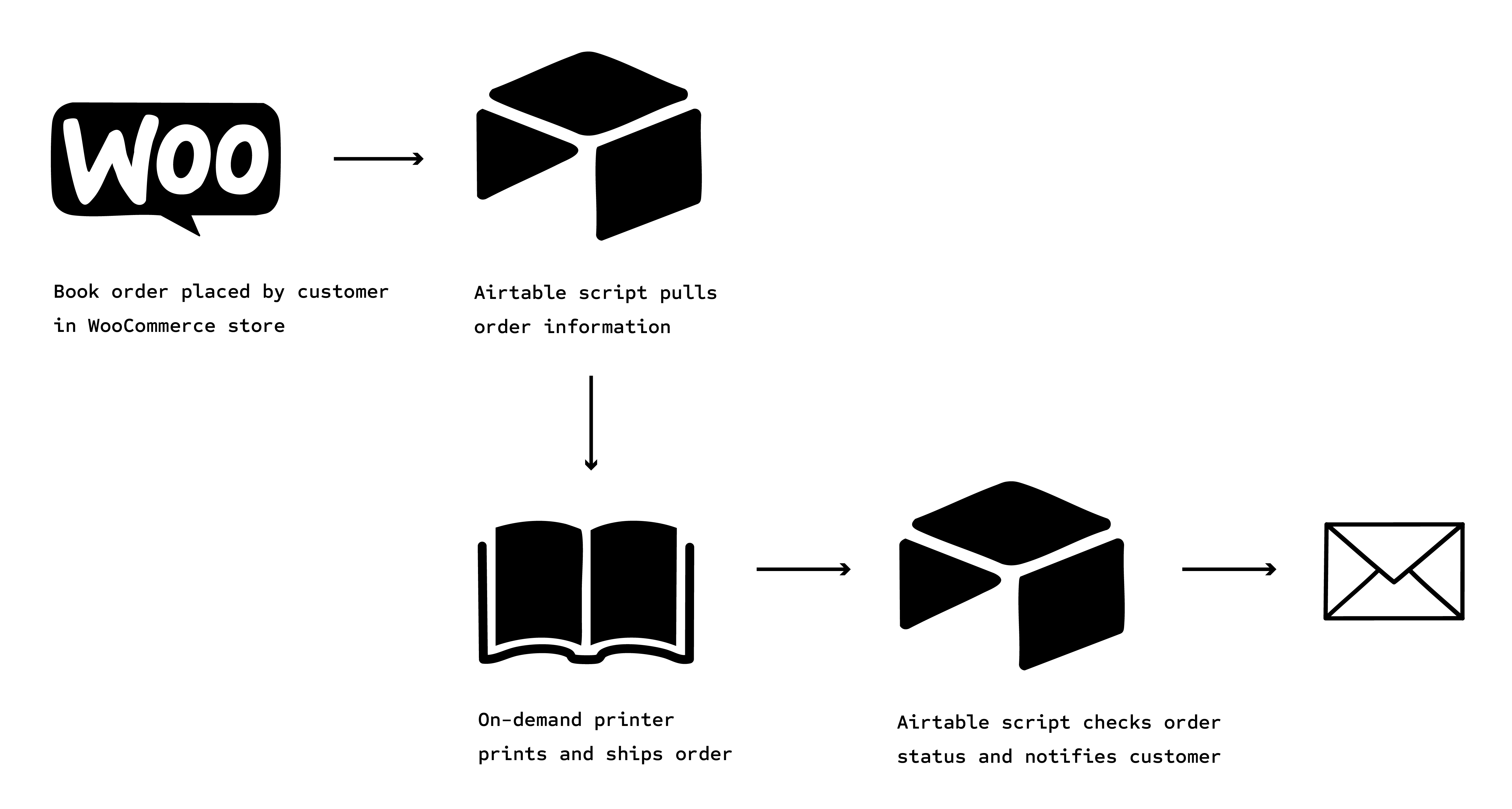
Addressing an agency team’s traffic management dilemmas
Background
An agency team was caught in a cycle of challenges as they navigated the complexities of trafficking. Despite the evident need for a more streamlined approach, management resisted adopting digital tools which hindered the team's efficiency and left them juggling tasks without a clear overview of their responsibilities.
In moments of overwhelming pressure, the team resorted to creating a simple spreadsheet as a stopgap measure to track resource needs. This makeshift solution allowed them to regain some control over their workload and provided a quick reference for tasks and responsibilities.
Over time, the limitations of the spreadsheet became apparent. While it served its purpose during busy periods, the effort to consistently update and maintain it proved burdensome in the long run. Team members found that as soon as the immediate crisis subsided, the spreadsheet fell by the wayside, neglected and forgotten. The lack of a robust system meant that valuable information was lost, and the team reverted to the chaos that the spreadsheet had momentarily alleviated. Ultimately, this cycle of temporary solutions highlighted the need for a more integrated approach to task management. One that would not only streamline operations but also foster a culture of collaboration and efficiency within the agency.

Solution
The creation of a trafficking base in Airtable marked a significant advancement in the organization's approach to managing workloads. By mimicking the emergency spreadsheet, the team ensured that they could seamlessly adapt to high-traffic situations without the risk of data loss or confusion. This strategic move not only enhanced efficiency but also provided the staff with a familiar interface that reduced the learning curve.
Furthermore, the establishment of this trafficking base allowed for more dynamic interaction with data. It became a central hub where project managers could easily oversee tasks, allocate resources, and monitor progress in real-time. The anticipation of high traffic times was now countered with a robust system that could hold up under pressure, leading to improved morale among team members.
The integration of time-tracking functionality into the trafficking base revolutionized how the team approached project management. The team could now analyze patterns in time usage, leading to more informed decision-making and strategic adjustments that optimized overall efficiency. A separate estimate base was constructed to track project estimates and component information was synced between both bases. This ensured that client estimates were out of reach to the working team, but also that the traffic base always had accurate components for assignment.
With the newfound capabilities of this system, the team experienced a remarkable shift away from the chaos of emergency spreadsheets. Gone were the days of last-minute scrambles to compile information under pressure; instead, team members could rely on a structured, well-organized digital environment that provided all necessary data at their fingertips. This change not only reduced stress levels but also allowed the team to focus on delivering high-quality work rather than managing crises.
As the reliance on emergency spreadsheets faded, the team also noticed a transformation in their overall workflow. The live trafficking base fostered a proactive approach to project management, enabling the team to anticipate challenges and address them before they escalated. With the elimination of hasty spreadsheet creation, there was also a newfound opportunity for reflection and continuous improvement. The team could now spend time analyzing performance metrics and brainstorming innovative solutions, leading to a culture of growth and adaptation that would serve them well into the future. Ultimately, the decision to go live with the trafficking base not only simplified operations but also empowered the team to reach new heights in their performance.

